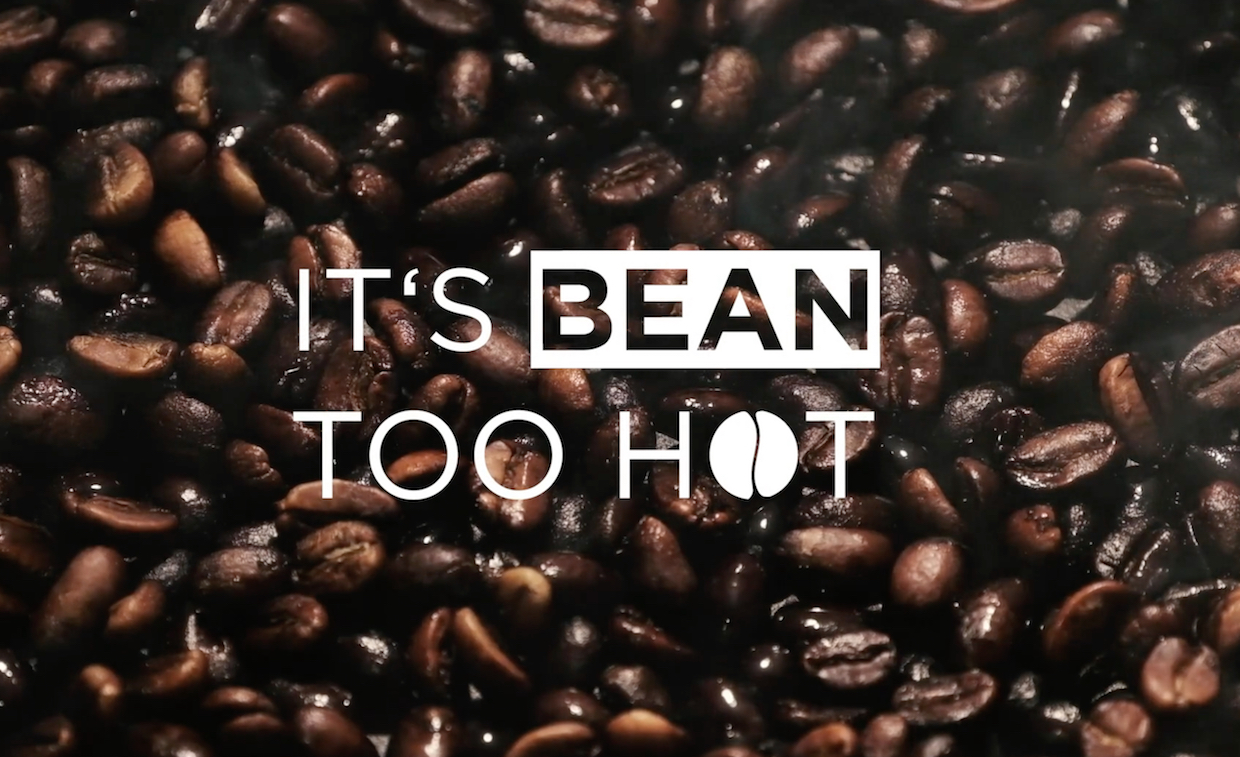Coffee is one of the most popular beverages in the world, with billions of cups consumed each day. But climate change is threatening the future of coffee production. Rising temperatures, erratic rainfall patterns, and pests and diseases are all making it more difficult for coffee farmers to grow their crops.
This blog post will explore the impact of climate change on coffee production and consumption. We will also discuss what can be done to save coffee and ensure that future generations can enjoy this delicious beverage.
The impact of climate change on coffee production

Coffee is a climate-sensitive crop. It thrives in specific temperature and rainfall conditions. Climate change is causing these conditions to become less ideal for coffee production.
Rising temperatures are one of the biggest threats to coffee production. Coffee plants cannot tolerate temperatures above 30 degrees Celsius (86 degrees Fahrenheit). As temperatures rise, coffee plants will be forced to move to higher elevations. However, there is limited land available at higher elevations, so this is not a long-term solution.
Erratic rainfall patterns are another threat to coffee production. Coffee plants need regular rainfall, but climate change is causing rainfall patterns to become more erratic. This can lead to both droughts and floods, both of which can damage coffee crops.
Pests and diseases are also becoming more of a problem for coffee farmers due to climate change. Warmer temperatures and wetter conditions create ideal conditions for pests and diseases to thrive.
The impact of climate change on coffee consumption
Climate change is also having an impact on coffee consumption. As coffee production becomes more difficult and expensive, the price of coffee is likely to rise. This could make coffee less affordable for consumers, especially in developing countries.
Climate change is also leading to a decline in the quality of coffee. As coffee plants are forced to grow in less ideal conditions, they produce lower quality coffee beans. This means that consumers may have to pay more for lower quality coffee.
What can be done to save coffee?
There are a number of things that can be done to save coffee from climate change. These include:
- Reducing greenhouse gas emissions: Reducing greenhouse gas emissions is the most important thing that can be done to mitigate climate change and protect coffee production.
- Investing in sustainable coffee farming practices: Sustainable coffee farming practices, such as shade-grown coffee and agroforestry, can help coffee plants to be more resilient to climate change.
- Supporting fair trade and socially responsible coffee businesses: Fair trade and socially responsible coffee businesses help to ensure that coffee farmers are paid a fair price for their crops. This helps coffee farmers to invest in sustainable coffee farming practices and adapt to climate change.
- Choosing coffee from sustainable sources: Consumers can choose coffee from sustainable sources, such as shade-grown coffee and fair trade coffee. This helps to support sustainable coffee farming and reduce the environmental impact of coffee production.
Conclusion
Coffee is a delicious beverage that is enjoyed by billions of people around the world. But climate change is threatening the future of coffee production. We all have a role to play in saving coffee from climate change. By reducing our greenhouse gas emissions, supporting sustainable coffee farming practices, and choosing coffee from sustainable sources, we can help to ensure that future generations can enjoy this delicious beverage.





